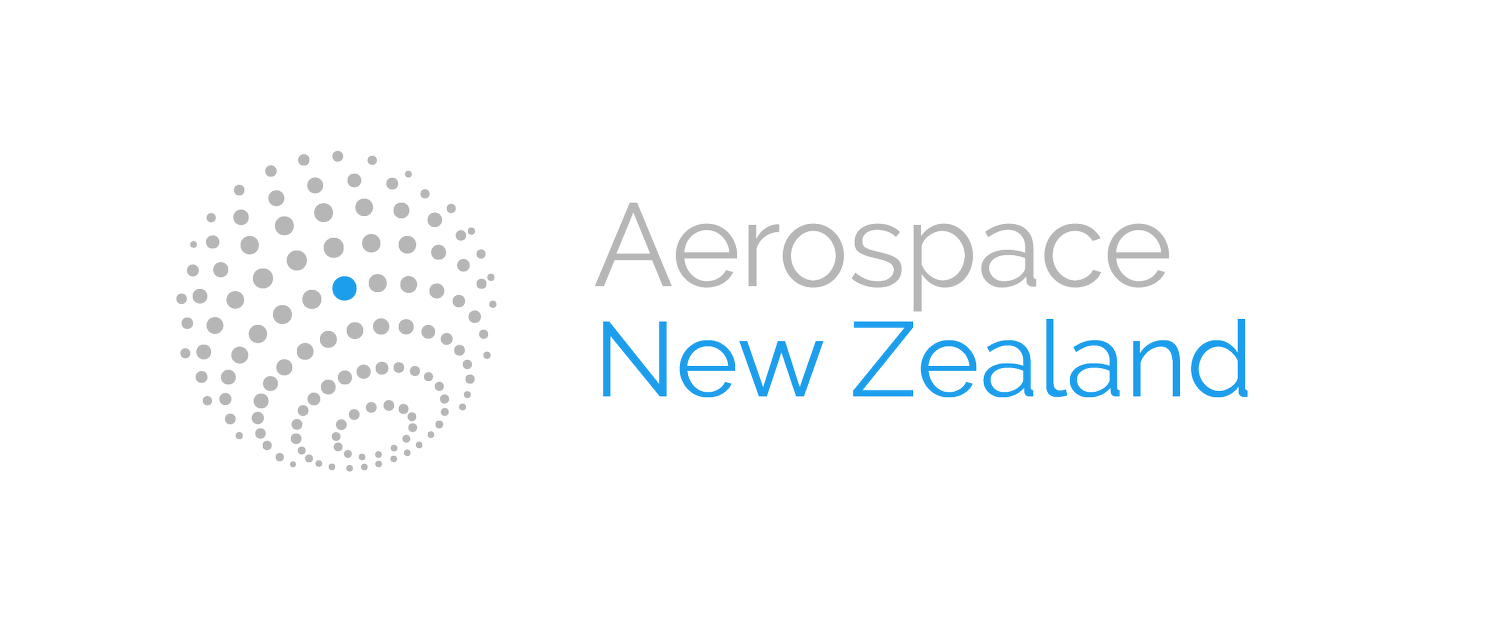Agile and Safe: A Regulatory Playbook from Aotearoa’s Space Sector
By Aerospace New Zealand
Agile regulation is sometimes misread as a call to cut corners. In aerospace, that is impossible. The stakes are too high and public trust is essential. The real question is simple. How do we move faster without moving loose? New Zealand’s space sector offers a practical answer that other jurisdictions can adapt without rewriting the foundations of their law.
Call it the Aotearoa Playbook. It rests on four principles.
One. Outcomes over prescriptions. Instead of dictating how every system must be built, define what safe enough looks like and the evidence required to prove it. This invites innovation while keeping the bar clear and high. Teams spend less time interpreting ambiguous rules and more time gathering the data that decision makers need.
Two. Early and iterative engagement. The best time to catch risk is before the metal is cut. New Zealand regulators and companies meet early, share assumptions, and agree on test plans that reduce unknowns. When issues appear, they appear in weeks rather than at the end of a long approval cycle. The process is not looser. It is tighter.
Three. Real flight data as currency. Paper does not fly aircraft. Flight test corridors, suborbital sites, and orbital access allow companies to generate the telemetry that makes or breaks a safety case. Clear airspace enables more windows and fewer slips. Integrated ranges reduce handoffs. Regulators can judge performance rather than intent.
Four. Stewardship by design. Agility and sustainability reinforce each other when both are measured. Noise, emissions, debris mitigation, and end-of-life plans belong in the evidence package. Efficient testing reduces ferrying and scrubs. Cleaner propulsion and circular manufacturing are encouraged by the approval process itself.
What does this mean for a program owner?
You know which artifacts will be reviewed, when they will be reviewed, and how they will be assessed.
You can book test windows without months of uncertainty.
You can iterate with the regulator in the loop, not in the dark.
You leave with a package of evidence that travels well across borders and with customers.
For regulators, the benefits are just as real
Better insight into novel risks before they reach the public.
Stronger compliance culture built on transparency and shared incentives.
A growing body of flight data that improves oversight over time.
This is not a call to copy and paste statute. Every nation has its own legal and cultural context. It is a call to adopt a posture that is outcome-based, evidence-first, collaborative, and relentlessly safe. The Aotearoa Playbook shows that public protection and innovation speed can rise together.
One week after the International Astronautical Congress (IAC) in Sydney, the New Zealand Aerospace Summit will gather policy makers, program leads, and founders to compare notes. What worked, what did not, and how to build regulatory muscle across the region. If you care about moving faster and safer, join us in Christchurch. Bring your safety case. Bring your questions. Leave with a plan.
Agility and safety are not opposites. In the right system, they are the same skill. Learn quickly, prove clearly, act responsibly. That is the playbook. Aotearoa is already running it.
